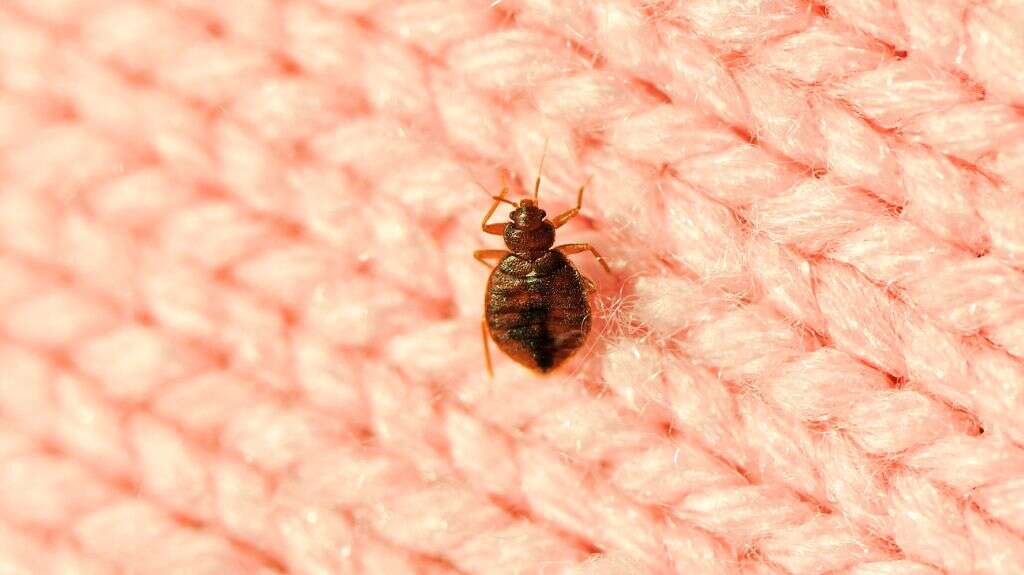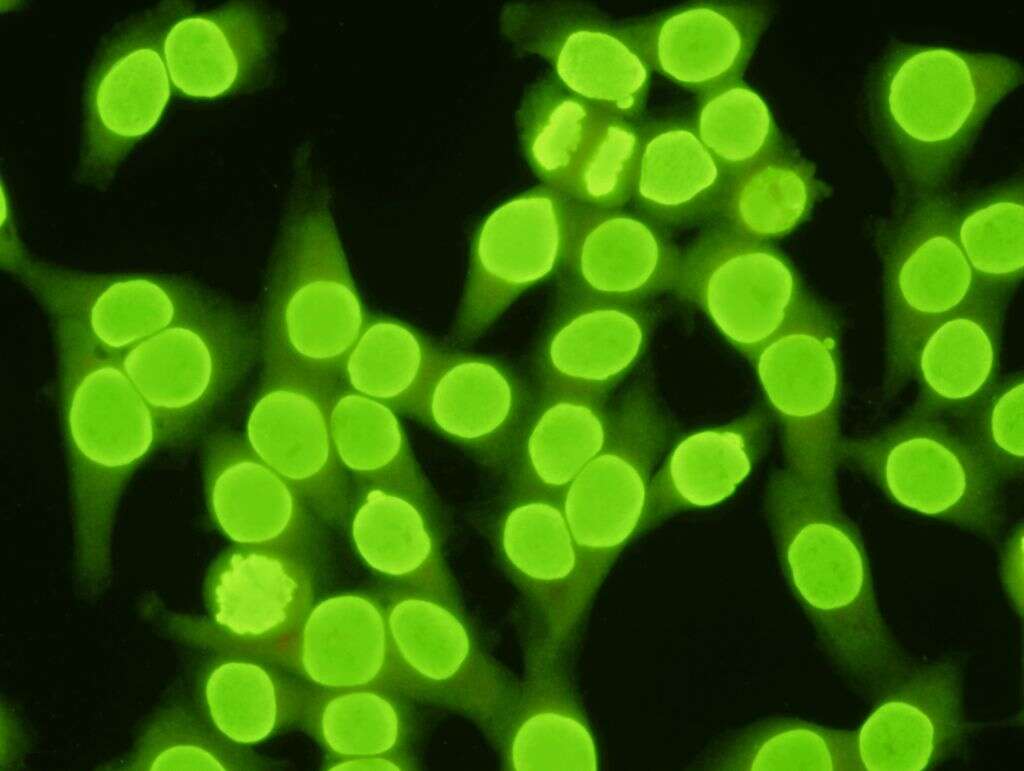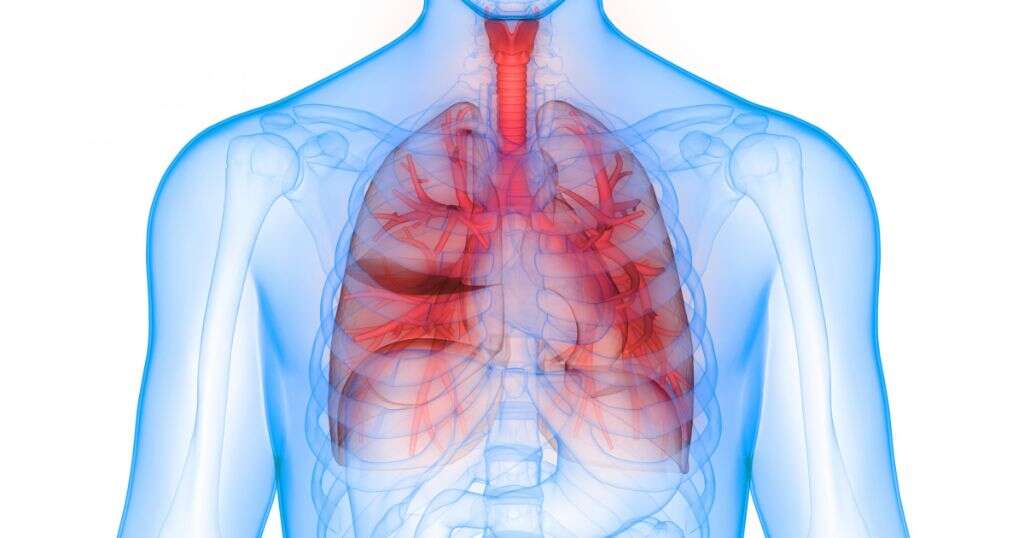What Is Typhus?
Typhus is a bacterial infection stemming from several strains of rickettsial bacteria carried by invertebrates. These invertebrates, known as arthropods (ticks, fleas, lice and mites), transmit the bacteria through bites. Unfortunately, scratching the bites can increase the distribution of the bacteria, allowing the infection to spread into the bloodstream. Once in the blood, the bacteria will develop and reproduce, causing typhus.
Knowing the species of arthropod that bit you is key to diagnosis and treatment, as each invertebrate carries a different strain of bacteria. However, typhus is more common in developing countries and areas with poor sanitation, high poverty rates and large populations. If you believe you have contracted typhus, then continue reading to understand the fundamental signs, symptoms and treatments of the condition.

1. What Are the Indications of Typhus?
Modern conveniences and hygiene standards have curbed the spread of typhus and nearly eradicated it from parts of the world. Third-world countries or developing regions may experience typhus outbreaks because of poor sanitation practices. The main sign of typhus is a spotted rash on the midsection or chest. Also, you may notice a dark scab in the area of the infecting bug bite.
The environment, population and hygiene standards are the primary indicators for rickettsial bacteria. If you live in an impoverished area with poor sanitation and overcrowding, then you are at a higher risk of infection. As well, if you live in a place with a larger-than-average arthropod population, you may have a reason for concern. On the other hand, if you live in an industrialized nation with a generally hygienic environment, your risks are likely minimal.

2. What Are the Symptoms of Typhus?
Typhus has an incubation period of one to two weeks, which means people may not be symptomatic for up to 14 days. The first symptoms to appear, regardless of the variety of the infection, are headaches, chills, fever, muscle aches and vomiting. The symptoms are like the flu, but after a few days, a spotted rash typically appears on the chest or near the midsection. This rash may spread to other parts of the body.
If you experience symptoms of typhus, then you should seek medical attention. While the symptoms are flu-like, typhus is not the flu, and you risk severe complications if you wait. Meningitis, pneumonia and septic shock are all possible if you refuse or postpone treatment. Do not risk your health. If you suspect you have contracted typhus, then contact a doctor to ask about the next steps.

3. What Are the Causes of Typhus?
Arthropod bites are the typical transmission mechanism for typhus, but transmission can also occur through contact with invertebrate feces. Remember, the bacteria cause the infection by entering your bloodstream. If you sleep in an area with lice or mites, then bites are possible. Also, if you live in a space where mites or other arthropods eat and defecate, scratching your arm after touching a surface is enough to cause an infection.
The best way to avoid infection is to maintain high sanitation standards. Keep your home clean and free of clutter. Disinfect surfaces and bathe daily. If you have a mite infestation, hire pest control to take care of the problem. If you are not in control of your environment, try to seek medical attention when you need it.

4. How Is Typhus Diagnosed?
Diagnosing typhus is difficult because it presents like several other conditions, like malaria, dengue and brucellosis. To assist in a diagnosis, your doctor may ask about your living arrangements, travel and any knowledge of pre-existing outbreaks in your community. After receiving this medical history, your doctor can conduct a basic physical exam, including blood draws.
Beyond the oral history and physical exam, your doctor may perform a battery of tests to diagnose typhus. An immunofluorescence test is often used to detect the typhus antigen in the blood. Your physician may also conduct a skin biopsy on your rash. A Western blot test and other blood tests may help your doctor come to a diagnosis and treatment plan.

5. What Are the Common Treatments or Medications for Typhus?
The antibiotic doxycycline is the most effective treatment for typhus, and a single dose is effective against multiple strains of the bacteria. While doxycycline is the most effective treatment option, it should be taken as soon as symptoms start for the best results. As well, though the medical community agrees it is the preferred treatment method, not everyone can take doxycycline. The medication is not recommended for children under 8 except in serious cases and contraindicated for anyone with an allergy to tetracycline antibiotics.
For intolerant patients, chloramphenicol or ciprofloxacin are common alternatives. However, alternative antibiotics may not be as effective against every typhus strain. You should always speak with your doctor before starting any treatment regimen and air your concerns about preferred or alternative treatments.

6. Is There a Positive Outlook for Typhus Patients?
Typhus is a treatable ailment. With the correct course of antibiotics and a rapid response, patients can see a full recovery. Unfortunately, delays in treatment can cause a negative outlook. People with underlying conditions need to take treatment seriously, especially if they suffer from chronic renal disorders, alcoholism or diabetes mellitus, as these have higher mortality risks.
Because typhus occurs in mainly impoverished communities, mortality numbers linger between 10% and 60%, depending on the strain. The reason these statistics can skew so high is that many living in affected regions cannot afford early intervention. Also, many people infected in these areas are malnourished with weak immune systems, putting them at higher risk.

7. Are There Any Possible Complications from a Typhus Infection?
Untreated typhus may lead to conditions like pneumonia, septic shock or meningitis. However, if you receive a quick diagnosis and treatment, you may avoid any of these complications. Early intervention is key to the treatment and control of this disease.
The three conditions mentioned above only represent a small percentage of cases with complications. Typhus can also cause hypovolemia, hepatitis or gastrointestinal hemorrhage. Again, while not common, these additional problems are rare symptoms of untreated typhus. Do not disregard presenting symptoms. While a fever and vomiting are common among flu patients, a rash following these symptoms may be cause for concern. Talk to your doctor if you suspect an infection.

8. Who Is Typically Affected by Typhus Infections?
There is no specific population, gender or ethnicity more prone to typhus infections than another. However, the condition is most prominent in third-world countries and underdeveloped regions. Therefore, a common denominator for infection is poverty and limited to no access to health care facilities. Hygiene and sanitation are two essential components to controlling and eradicating typhus infections and epidemics.
Typhus affects impoverished areas more because the areas often receive limited governmental funding for fundamental amenities. Basic cleaning essentials that developed nations take for granted are not prevalent, which makes hygienic practices difficult. Lice, fleas and other carriers thrive in unclean environments, which leads to an increased risk of rickettsial bacteria and infection. Unfortunately, these communities are often overpopulated as well, leading to increased and rampant spread of the condition.

9. Is There Any Genetic Link to This Condition?
While typhus typically affects people in the same household and community, it is not a genetic condition but an environmental one. Families can share the infection because of their proximity to affected spaces and species. Communities that share common areas with arthropod infestations can share the infection, but that does not mean there is a genetic link.
The risks and likelihood of contracting typhus depend on invertebrates in the living space. If fleas, ticks, mites or lice have the rickettsial bacteria, you may contract it when bitten or scratching bites and become infected. The severity of your symptoms, however, will depend on how quickly you respond to and treat the infection.

10. Can Typhus Be Cured?
With early treatment, typhus is treatable. With the stipulation that a cure is not yet possible, the infection responds to antibiotics. Relapses are not common but do happen. As with most infections and diseases, early intervention increases the chances of full remission. Typhus is a common condition, especially in underdeveloped regions of the world. With treatment, the condition has a low mortality rate and a high recovery rate. However, the rapidness of your recovery depends on medical intervention and receiving antibiotic treatment. Also, you must adhere to prescription direction, taking the dosage and quantity prescribed.
Typhus is a treatable infection that results from the bites of infected insects and arachnids like fleas and mites, or from contact with their feces. While mortality rates are often low with this disease, it is essential to receive quick treatment and intervention to avoid severe risks. Those who live in an impoverished community or cannot maintain a hygienic environment are at a higher risk of contracting the bacteria and infection. If you are concerned and showing symptoms of the infection, contact your doctor immediately to schedule an exam and necessary bloodwork or tests.












